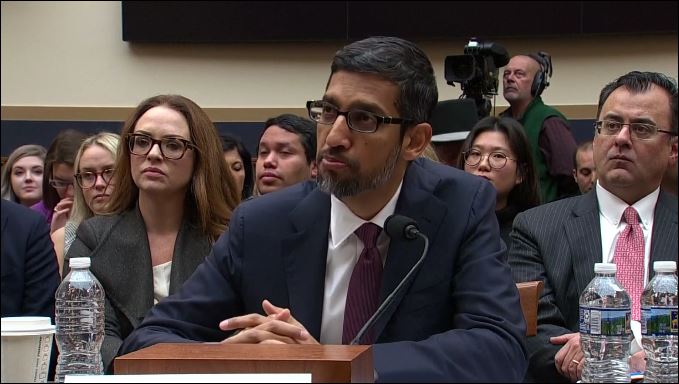The following was posted by Kathleen Sebelius, Secretary of Health And Human Services on Wed Dec 28, 2011 12:06 PM EST
As we ring in the New Year, we also want to take a minute to reflect on the progress we made in 2011. I’m proud to say that we had a very productive year for protecting the health of all Americans, especially those who are least able to help themselves. From strengthening Medicare to expanding access to preventive services to holding insurance companies accountable – young adults, families, and seniors have begun to see benefits from the health care law that took effect in 2010.
Here are eight important ways that you or your family might have benefited from the health law in 2011:
Making Sure More Americans Have Health Coverage – 2.5 million more young adults have health insurance coverage thanks to a provision in the health law allowing young adults to remain on their parents’ health insurance until age 26. This means more young adults in this country can now go on and live their lives with less worry about visiting their doctor when they get sick, or facing catastrophic medical bills if they are in an accident.
Families around the country are benefitting from this part of the law, including families like the Houghs, whose daughter Natalie was diagnosed with a rare heart condition after suffering cardiac arrest at school. Her condition requires a lifetime of medication and care. Now, thanks to the health care law, Natalie can stay on her family’s plan and has started college. And by the time she turns 26 it will be illegal for a plan to deny coverage to anyone, regardless of their health, and Natalie will have access to a choice of quality, affordable health plans.
Shedding Light on Insurance Companies – Prior to the Affordable Care Act, insurance companies in too many states were able to raise their rates without explaining their actions. But now, insurers who want to hike their rates by 10%or more have to explain and justify those increases in writing. Experts will scrutinize those explanations and, in many cases, can tell the insurer to reduce their price.
As a result of this law, over the last year, 42 states, the District of Columbia and the five U.S. territories have stiffened their oversight of proposed health insurance rate increases. And results are beginning to come in. For example, Connecticut’s Insurance Department rejected a 20% rate hike by one insurer. And Oregon chopped the rate increase by one of its largest insurers almost in half, saving money for 60,000 people.
Giving You More Value for Your Dollar – A new consumer protection took effect in 2011 called the 80 / 20 rule. It makes sure that at least 80%of your premium dollars are being spent on health care and improving your care – not on advertising and executive salaries. If your insurer fails this test, you get a rebate, starting this summer. This rule makes sure that you get your money’s worth from your health insurance company.
Expanding Access to Free Preventive Care and Services – Under the Affordable Care Act, you and your family may be eligible for free preventive services. You may now have access to free preventive services such as:
Blood pressure readings, cholesterol tests, and nutrition counseling Many cancer screenings, including mammograms and colonoscopies Flu and pneumonia shots Routine vaccinations against diseases such as measles, hepatitis, and meningitis
Strengthening Medicare – Millions of Americans are enjoying improved Medicare coverage at a lower cost. Medicare’s premiums have remained stable and the Part B deductible will drop in 2012. Medicare beneficiaries now have access to free preventive measures like physicals, flu shots, tobacco cessation programs, mammograms, and colonoscopies. And Medicare will cover an annual wellness visit with no charge to seniors.
And thanks to the health law, the Medicare prescription drug coverage gap known as the donut hole is starting to close. Through the end of October, 2.65 million people with Medicare have received discounts on brand name drugs in the donut hole. These discounts have saved seniors and people with disabilities a total of $1.5 billion on prescriptions – averaging about $569 per person.
Putting More Doctors in Your Community – The number of doctors, nurses, and health care professionals in the National Health Service Corps has nearly tripled in the last three years. For the first time in its forty year history, the National Health Service Corps can count more than 10,000 members in its ranks.
Improving Patient Safety – In April 2011 the Partnership for Patients launched. This is a national partnership that will help save 60,000 lives in the next three years by preventing medical errors. The Partnership for Patients also has the potential to save up to $50 billion in Medicare over the next 10 years. More than 6,500 partners, including over 2,900 hospitals as well as physicians and nurses groups, consumer groups, and employers, have pledged their commitment to the Partnership for Patients.
This will help patients across the country, including patient advocate Sorrel King. In 2001, Sorrel’s 18-month old daughter Josie accidentally suffered burns requiring a hospital stay. At first, Josie was getting better. However, after a series of unintentional but totally preventable mistakes and complications, Josie died. She became one of 44,000 to 98,000 Americans who die every year from preventable medical errors.
Cracking Down on Health Care Fraud – The Affordable Care Act has given us strong tools to fight fraud. In 2011, the Department of Justice recovered more than $5.6 billion in fraud government-wide. Of the $5.6 billion, $2.9 billion was in health care fraud alone. Providers now have to go through tougher screening procedures before they can start billing Medicare. And we’ve given investigators new tools that allow them to analyze data in order to identify and stop suspicious payments before they go out. As part of the law, we also released new rules that will give states the flexibility to recover improper Medicaid payments, saving more than $2 billion over the next five years, with nearly $1 billion going back to the states.










This article is showing some changes in the state of Florida, especially with born and pre -existing illnesses.